Human Beings as Cosmic Co-Creators
By Dennis Klocek 24 min read
The focus of this article is to explore the changing relationships between human beings and the natural world.
…transcendent beinghood was relegated to religion and knowledge of physical forces became the domain of science, opening a void in the soul between mysticism and empiricism.
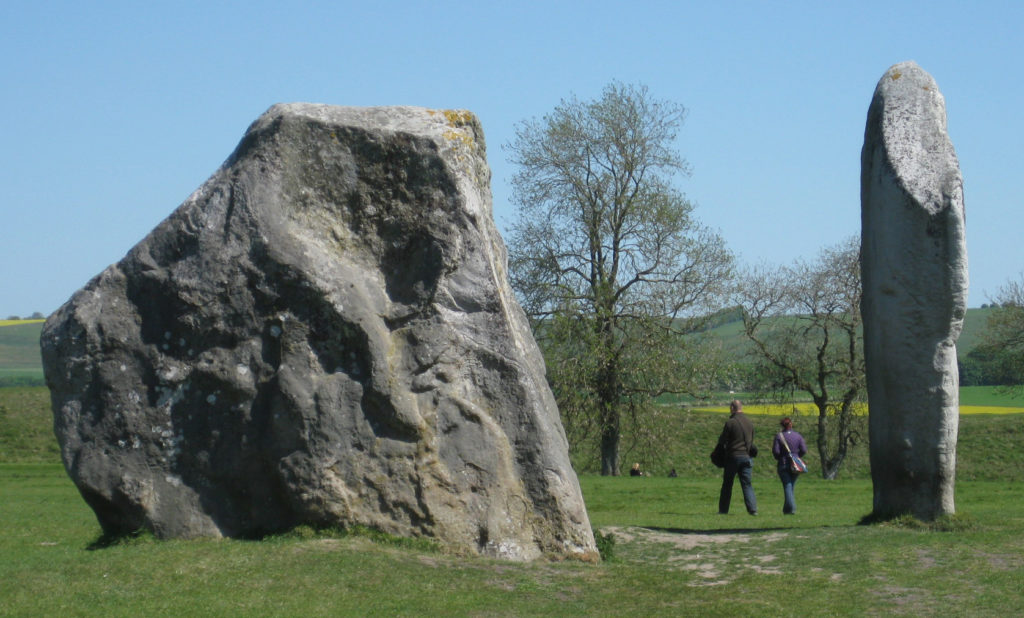
In earlier times human beings experienced the forces of nature as acts of will of powerful spiritual beings. Nature religions, and the arranging of earth, stones and trees were formed for the purpose of relinking (religio) the earth with the will of spiritual beings. At that time science and religion were entwined paths to spiritual worlds. Ritual and magic provided imaginative vehicles for interacting with creative spiritual beings.
These imaginative practices yielded insight into forces active in the physical world. With the rise of empirical science, the experience of beings as the forces active in nature was replaced with scientific experimental methods. Religion and knowledge of physical forces separated. A split grew in the soul between empirical science and mystical union that eventually created a sceptical scientific outlook that distrusted imaginative experience of any kind.
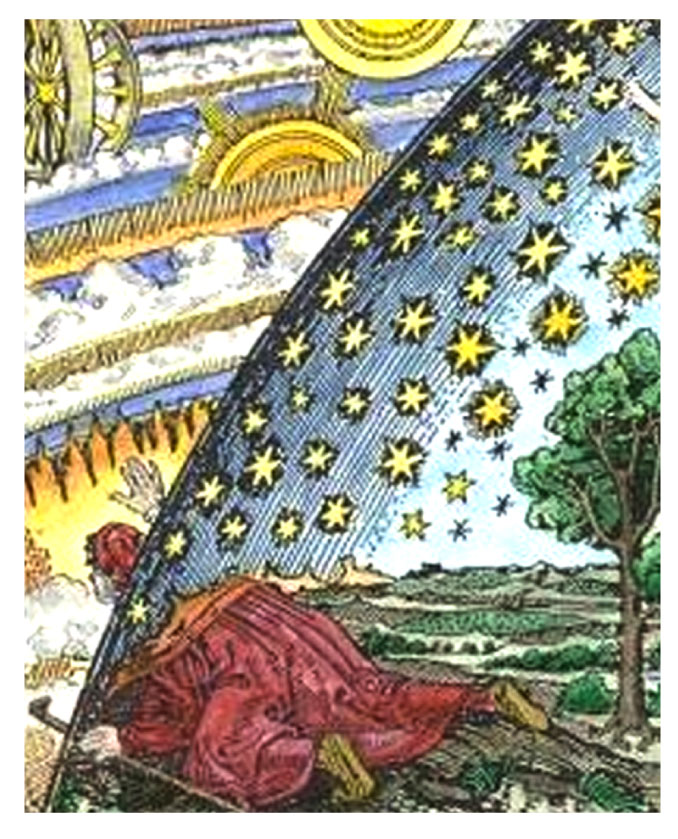
This split created two polar tendencies in humans. One is the empirical scientific urge to solve the mysteries of life through the power of abstract reasoning and experiment based on the sense world alone. The other, more religious impulse is to reveal cosmic mysteries through personal experience of the spiritual beings acting in nature. The former researchers are the technologists and the latter are the meek who shall inherit the Earth in order to heal Her.
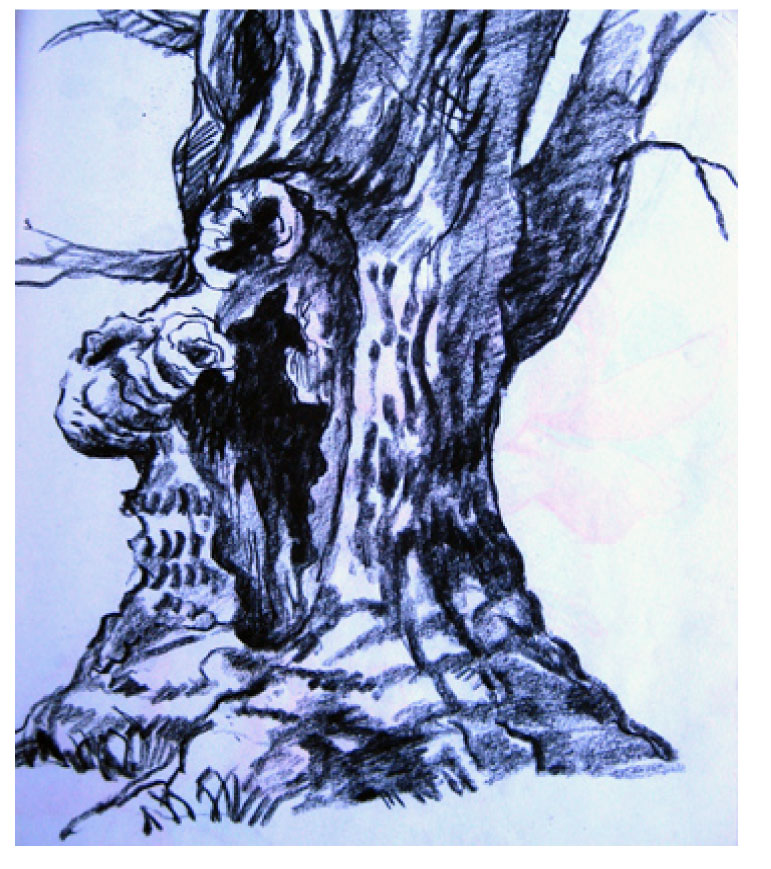
Abstract, reductionist thinking that specifically excludes spiritual experience eventually leads to the pursuit of power over nature. Like a hollowed out tree, nature loses life forces resulting from the human perception that the natural world is a commodity exchange of input / output resources. Abstract data driven science that relies solely on technical knowledge lacks personal spiritual experience of world phenomena as part of the proofing process in experiments. Ethical treatment of nature requires that human beings develop a personal relationship to the spiritual dimensions that support life.
A scientific study of nature that includes personal imaginations of spiritual beings provides cosmological models for moral development. However, when objective reasoning is excluded from spiritual research paths, mystical belief too often leads to narrow fundamentalist perspectives that isolate people on the basis of dogmatisms. The esoteric task is to create conditions where both paths can be tempered into each other.
To temper empirical science into mystical experience requires a different approach to science than abstraction. To temper mystical union into rational experiments requires a different approach to religious experience than fundamentalism. What both are lacking is an imagination where a spiritually potent cosmological relationship is experienced as already existing between human beings and nature. Without an evolutionarily progressive cosmology the involves human intention with natural phenomena, social problems related to nature and the health of the Earth will be difficult to solve.
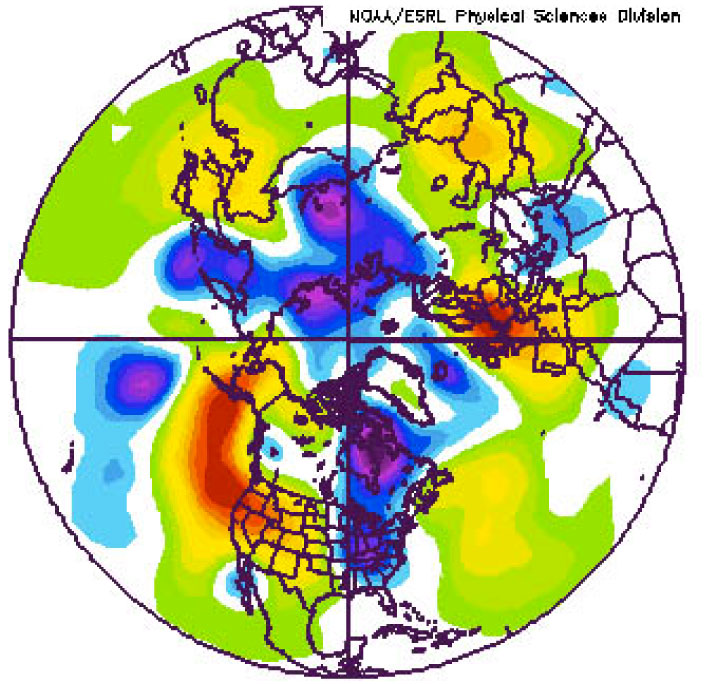
This difficulty can be seen in the debate on climate change. Mindsets that don’t recognize the cosmological importance of human evolution in the harmony with the evolution of the Earth resort to computational, data driven solutions for problems in the natural world. Computational data, no matter how compelling, will fail to inspire change in the business as usual mindset of contemporary politicians and their constituencies. We could ask how this isolationist mindset replaced the integrating cosmology found in past nature religions?
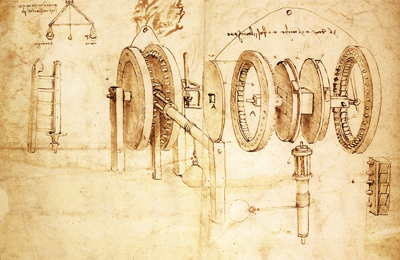
The scientific / mathematical revolution that in the 15th century started in an artist like Da Vinci ultimately evolved through an experimental / mechanical model of nature in the 17th century to the present reductionist outlook. Today binary mathematical computation of cause and effect reasoning alienates human judgment from the moral implications of the entwined cosmic destinies of humanity and the Earth. In past times when science, art and religion were closer in their intent, science was carried by two polarities in the way that humans related to nature through mathematics.
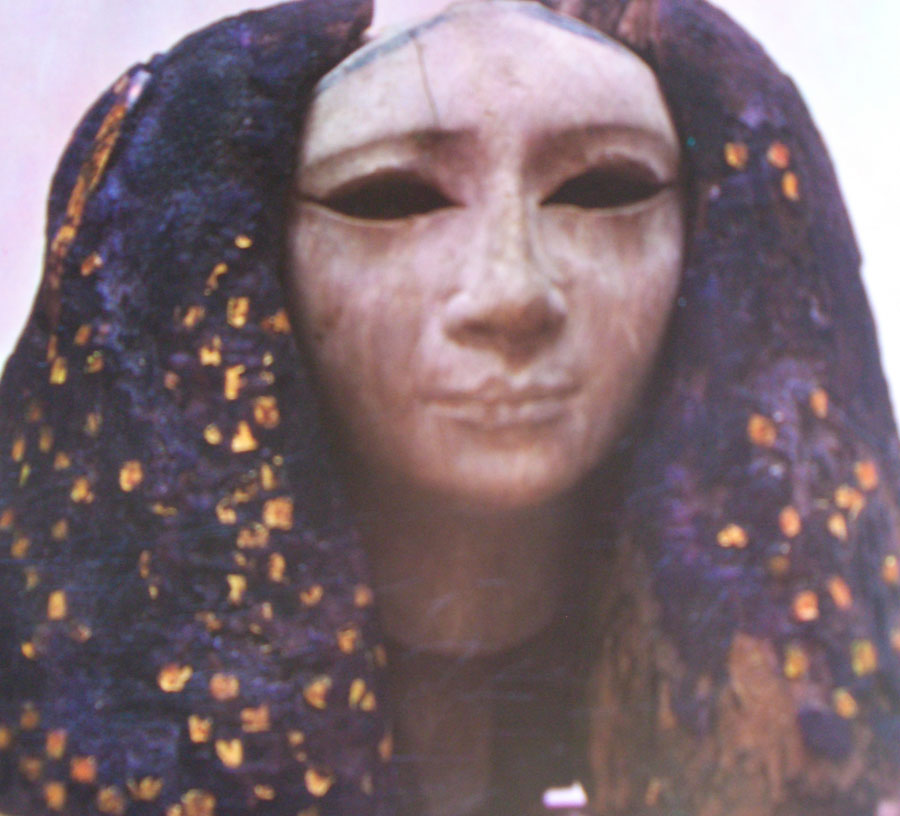
Astronomy is a symptom in cultural evolution of a level of consciousness beyond hunting and gathering. The Egyptians used sophisticated geometry to design the pyramids and had an advanced astronomy but they only had rudimentary computational arithmetic. The Egyptian world view was highly symbolic and focused on spiritual dimensions as images of social structures.
By contrast, the Babylonians developed place value arithmetic that resulted in accurate astronomical tables but their geometry was undeveloped.Through their abstract mathematics they became the formost mercantile civilization of the ancient world. The difference between these two civilizations reveals fundamental polarities in the methods of scientific inquiry, those polarities being geometrical and arithmetical mathematics.
A geometrical cosmos requires a symbolic and pictorially synthetic thinking process involving feelings of wholeness and connectedness between parts. The whole is greater than the sum of its parts. An arithmetic world view creates abstractions based on cause and effect relationships produced by separating the phenomena of the sense world into discrete integer (digital) units. The units are then analyzed through computations that give a discrete solution but lack an imaginative participatory dimension for humans.
INSERT DUST SMOKE MIST
Alchemists would say that data made reductively was “dust”. Data is a dust that falls out of a living process of human inquiry. Data”dust”solves particular problems but data bits do not often lead to insight about fundamental properties of living systems. Dust doesn’t lead to synthesis but to discursiveness and more dust.Today a binary, arithmetic, computational world view has become the only way to do science. This has cosmic implications for a living Earth and living humans.
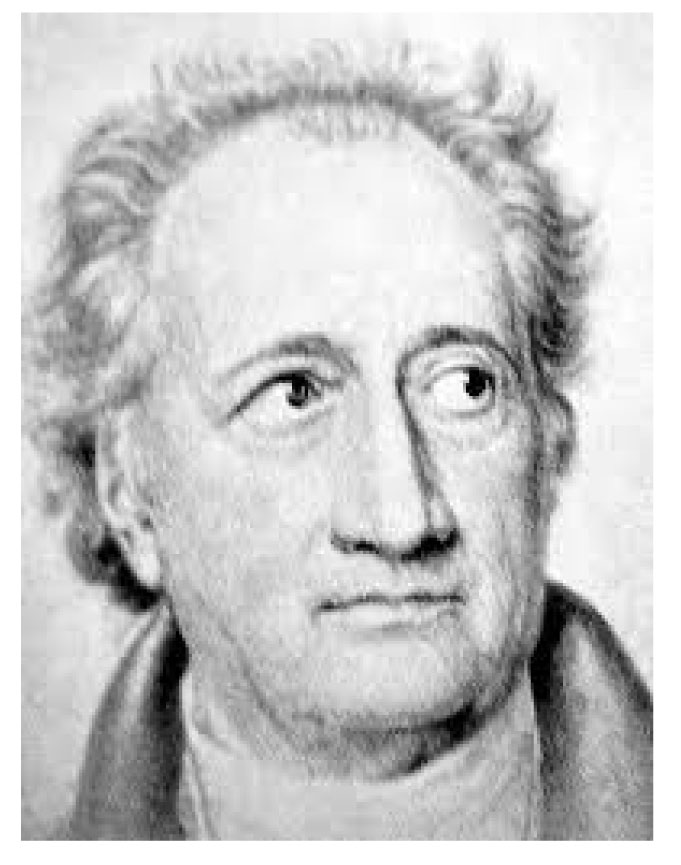
The middle way between abstract discursiveness and mystical synthesis is found in phenomenological science.The phenomenological approach requires that researchers consciously participate in what the poet Goethe called the “becomings” of phenomena. To do this a scientist would need to “participate” inwardly with a phenomenon in such a way that their own will impulses become what constitutes a sense organ for the spirit. This will organ is known esoterically as “Imagination” with a capital I. That distinguishes it from the small letter “imagination” that is more like subjective fantasy. Subjective fantasy becomes “Imagination” through consciously willed thinking practices.
Normally, will is the most unconscious, least cognitive soul faculty. To make the will more conscious requires training to cognize unconscious will impulses that arise in the soul as inner pictures. This constantly happens when humans have sense impressions. Making this stream of unconscious inner pictures conscious, is a door to the realm of archetypal beings, a realm that holds the keys to human cosmological significance. A cognitively disciplined imagination allows a researcher to enter into what the scholar Henri Corbin called the imaginal realm.
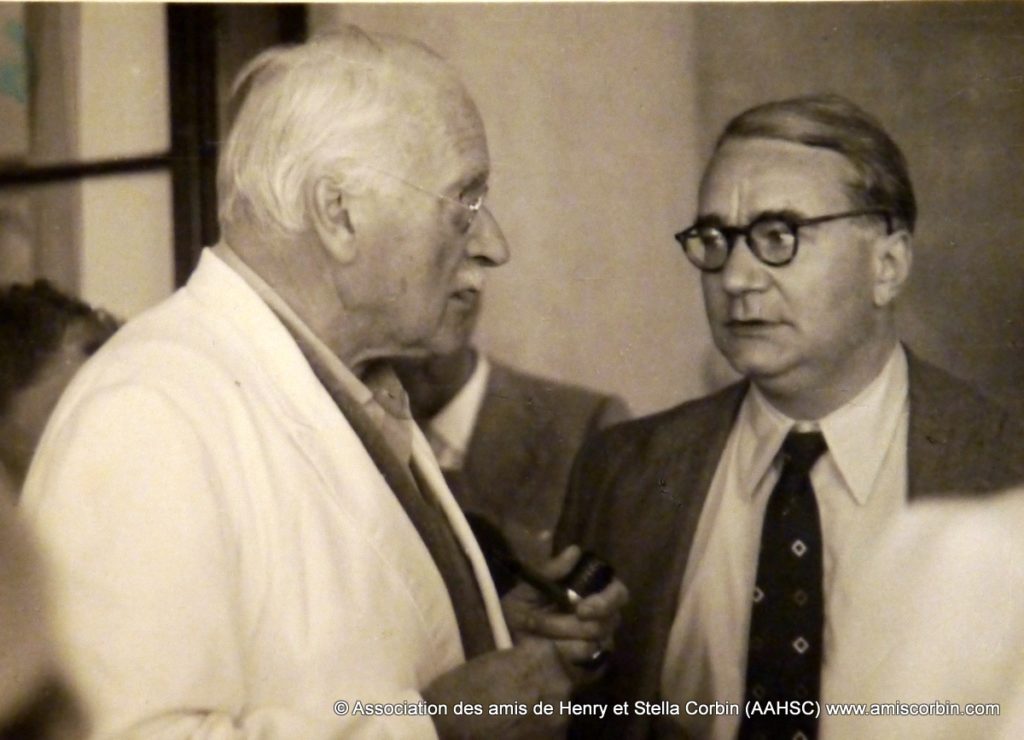
Henri Corbin, a contemporary of Carl Jung studied Persian poetry to explore the imaginal realm of exact imagination. Corbin found in the poet / philosopher Suhrawardi the middle way between dogmatic belief and abstract scepticism constituting a domain of consciousness where multiple meanings for a single symbol are the norm. To work in the imaginal requires great flexibility of soul and a disciplined command of the ability to form and dissolve an inner picture at will allowing a human being to interact with archetypal consciousness without being overwhelmed.

The poet Goethe had direct experience of this “archetypal” realm. An archetypal experience is teleological. In the image by Albrecht Durer, Mary Magaline is directly aware that there is a being transcendent to the visible phenomenon. She knows that this being is initiating and ordering the experience. She is in the imaginal realm.
If a direct experience of transcendent beinghood is not present in the soul then the phenomenology polarizes into abstraction or mysticism. Direct experience simply means the researcher has the feeling that the creative process is not only due to his or her direction.To encourage direct experience it is necessary to school the senses. This is a critical demand of our time due to the central challenge to human imaginative capacities resulting from over consumption of media images opposed to the personal creation of inner picture forms through imaginative cognition.
Contemporary life floods the senses with many images that are specifically designed to only be self referential. In the technical world the ability of a set of instructions to enable a person to operate a device is known as mapping. Self referential mapping in a device limits the user consciousness to restricted modes of thinking. Constant reference to mapped images creates strong menu dependencies in the observer. Programmed mapping inhibits the ability to create unprogrammed maps. Creating inner maps of the changing forms of an archetype is needed to enter into an imaginal relationship with that archetype.

In technical mapping the actual form of the device or the interface should ideally give clear reference to it’s usage. In the language of the software industry this is known as an intuitive interface. If mapping is successful no instructions are necessary to intuitively operate the device. Good luck with the average “black box” device without instructions.
In the physical world of forces, the form of a hammer is an intuitive picture of its usage. A child picks it up, feels the weight and begins hammering. Obviously a hammer is for banging; a chisel is for poking. No instructions needed. The forms of the devices say it all.
By contrast, programming sequences for most devices do not reflect in the actual form of the device for intuitive mapping. The 2020 cell phone is an upgrade of the Kubrick 2001 Monolith. A person using a cell phone needs to know beforehand what to do with it otherwise they are just monkeying around. Forced adherence to programmed mapping creates in humans what could be called menu consciousness.
The consciousness that designs the device decides the menu for operating it. Nothing in the form of the device reveals the consciousness of the menu designer even if the interface is “intuitive”. The device remains the proverbial “black box”. If what you want is not programmed into the menu, then it doesn’t exist. In black boxes there are no imaginal experiences available, just programmed ones.

Menu consciousness is everywhere. However menu consciousness reaches a peak in computer generated images designed specifically to have the observer suspend even trying to exercise creative imaginal faculties. From an esoteric point of view images that are initially unmappable and are also moving (archetypes) have the most potential for future, creative human evolution.
In a moving unmappable image that is not archetypal (CG movies) the mind cannot participate in the experience of the designer. The soul is left empty in its fundamental search for an archetype behind an image. This causes a profound disturbance in the imaginal capacity of the observer. For the soul, in programmed imagery, there is no “there” there. There are no “beings” there either.
Archetypes make an initial demand on the imagination due to their inherent ambiguity. However through a deeper will investment on the part of the contemplative worker, initial ambiguity resolves into a sense of wholeness within the cosmological evolution of the archetype that is accompanied by an expansion of consciousness in the human.
Insights gained from such experiences are the foundation of mature and flexible moral judgement. Without flexible moral judgement morally challenged humans rely on menus of judgemental attitudes given by others. In given judgements there is little impetus for individual moral development.
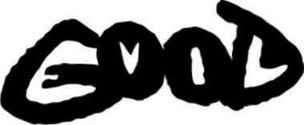
True morality needs to issue from the effort of each individual soul to realize the cosmological reality of being a human. When morality is based on given judgements (good/evil) rather than an immediate experience in the soul, no sense of freedom is present and mass mind rules. Free souls are trained by overcoming anxiety about ambiguous images. When they eventually map out and cognize the ambiguity of an archetype, the soul expands in wisdom and maturity. When a person continually makes choices from menus as the basis for action, deeper creative and altruistic soul potentials are compromised.
INSERT ST THOMAS
During the Middle Ages the question of the relationship between the imaginal and the manifest worlds was seen in the famous question,”How many angels fit on the head of a pin?” To the minds of the members of the School of Chartres this was not an idle question. St Thomas Aquinas brought the transcendent and the manifest into one word,”adequatio”. This is often translated as the equating of the thing and the mind. The question is, what it the “thing”? Contemporary materialistic thought may not have the only answer.
To St. Thomas and his contemporaries the spiritual world was more enduring than the temporal world. That would make the spirit more of a ‘thing” than a pyramid, or a mountain. To equate one’s mind with the eternal nature of a “thing” is to recognize its archetypal dimension. In today’s language that is its epigenetic dimension. In the School of Chartres the way to develop recognition was to train the inner picture making force of Imagination.
In a trained imagination the spiritual eternity or “ sprit-thingness” of a plant we wish to study can eventually penetrate the mind with successive images of how the spiritual “thing” becomes a manifest and sense perceptible”thing”. Training the senses to see sequences of form in natural phenomena is the essence of how to prepare for and practice this approach to mystery wisdom.
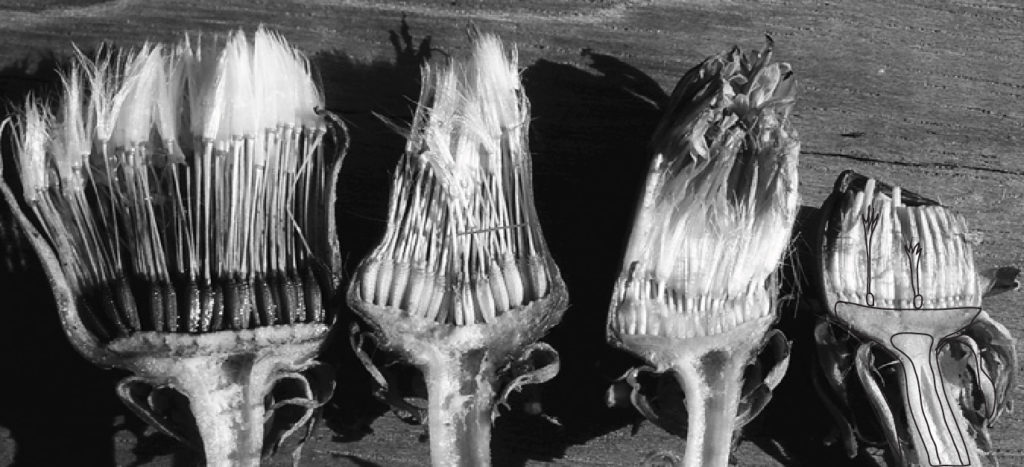
To develop flexible, disciplined imagination the most effective path is to work with inner images of forms moving or transforming through time. Sequences of forms moving through time are the field marks of an archetype. The changing forms in a plant moving from flower to seed reveal this hallmark in rich variation. Goethe recognized this life creative force and devoted many years to the phenomenological study of the metamorphosis of plants.
We could ask what is the soul looking for when it is engaging an archetype? The classic esoteric answer is that it is looking for meaning. To an esotericist the Higher Ego or the True Self is the faculty of the human being that endows the world with meaning. This is the injunction for Adam to name things. But we could just as well ask what is an archetype looking for in the human world?
In answer we could say that the archetype develops when its evolution is cognized in the mind of a human. To an esotericist the world is an imaginal unfolding of simultaneous archetypal events not linked to each other causally. The old world called this condition chaos or potential.
The flowing imaginal world is given causal meaning by being perceived and understood by human beings. Human beings who engage in conscious perception of the simultaneous events flowing through the archetypal world bring to the archetypes the potential for contact with space and time thus insuring their recognition and evolution through the power of human perception. This idea has come through the ages. It can be the contemporary root of a more balanced approach to science.
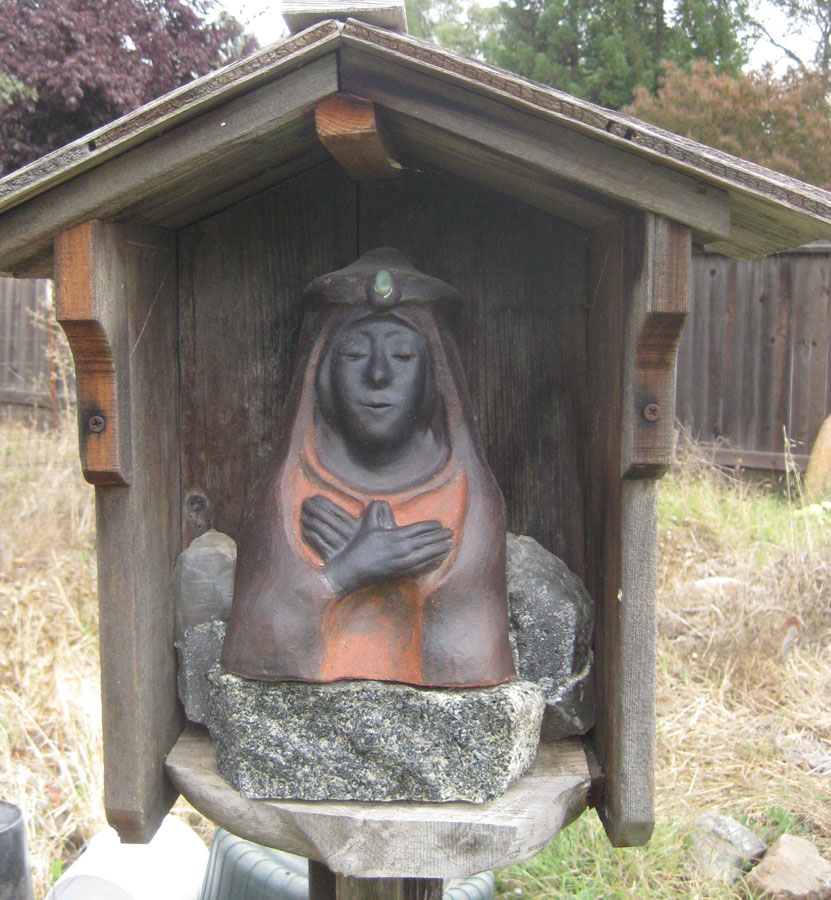
Scientific exploration of unknown archetypal domains is the task of the modern esoteric researcher. In that tradition this is known as working with the Black Madonna. “Scientific” means that the cognitive element must be included in experiments that go beyond accepted physical laws. However, like the exoteric scientist the esoteric scientist must also enter into the study of the laws of nature. The difference lies in the exoteric view there are only forces in nature. The esoteric scientist must learn the activity of the forces but see them as the actions of beings.
The discrimination needed to accomplish this is just as rigorous as the requirements of the experimental method of natural science. In practice, more robust “proofing” is needed for an esoteric fact to be established. This is due to the requirement that the researcher use disciplined imagination as the initial tool of choice and allow the phenomena to correct the inner picture making process.
That is accomplished by referring the inner imaginal findings to current science. This is a search for resonances in formative patterns between archetype and the scientific perception of specific types. The capacity to recognize any inkages between spritually perceived patterns and mainstream experimental findings can be developed through work with the alchemical mandala.
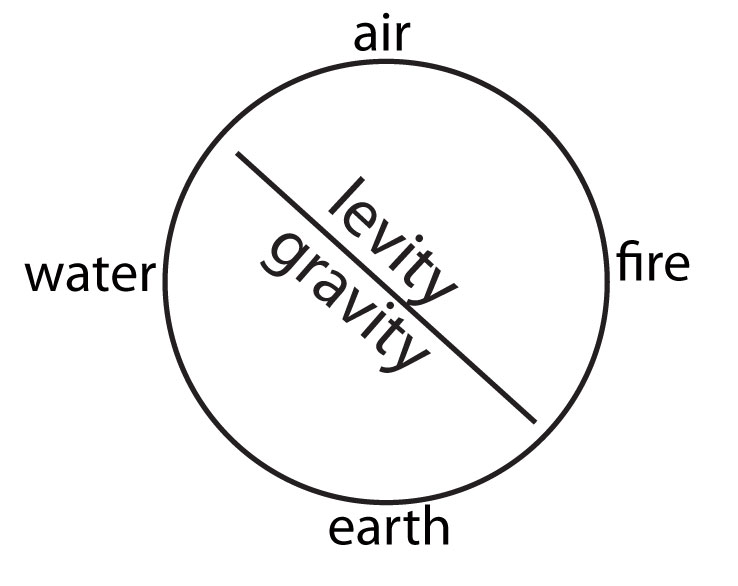
Imaginative research into archetypal being requires that pictures of phenomena carried inwaredly are not simply arranged into static schemas but are part of a changing system of forms. Repeated meditative contact with an archetype instigates a self correcting, inner mandalic process towards deeper insight into a phenomenon. This occurs as the significant form shifting qualities of phenomena go through rhythmic changes over time in the imagination of the observer.
Goethe was a deep researcher into this type of imaginative perception in science through the technique of polarity. Polarity is a mathematical concept in which forces in systems must alternate between opposite states as they move along a path of development. Polarity is an effective meditative method to rigorously check phenomenological observations. It is based on the alchemical mandala.
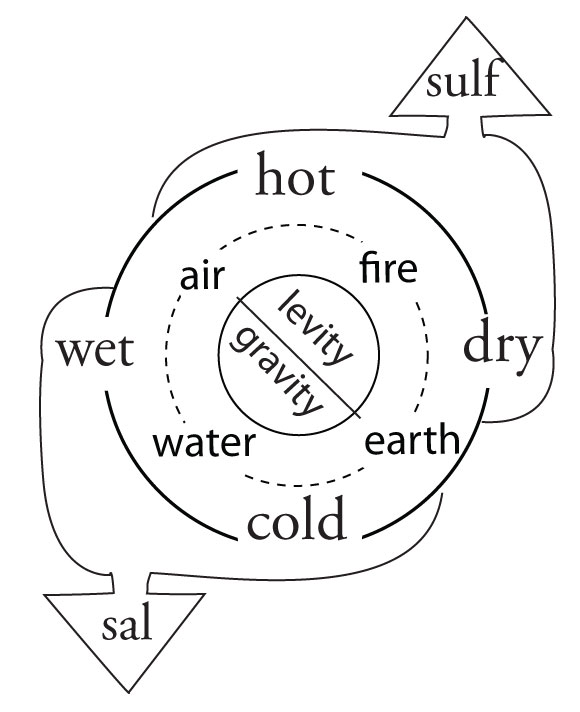
For Goethe there were three levels of polarity; polarity of opposites, polarity of complements, and polarity of reciprocation. Forces in a system move from fundamental opposition through dynamic relationships in stages finally reaching reciprocation where the differences become more integrated. The mandala shows how alchemical sal or gravity is in reciprocational relationship to alchemical sulf or levity. In the initial stage strong opposing differences dominate but through the mercury of repetition of a thought experiment the opposites gradually become complementary.
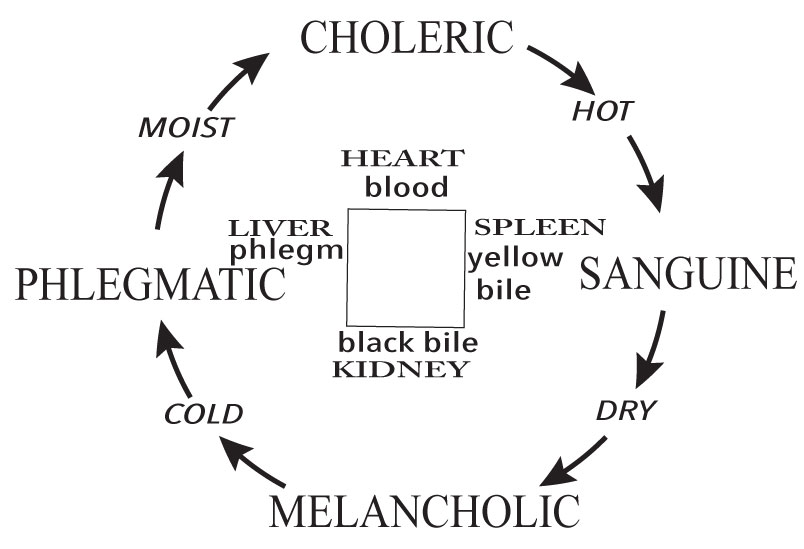
In the second stage complements are led further through mercury rhythms to a point of no-return when there is a flipping of the forces into reciprocal conditions. This third level of reciprocation is the state in which the polarities have become so extremely enhanced that the opposites turn into each other. Carl Jung calls this enantiadromia. That is the tendency for polarities to turn into each other via the arising of a centric insight.
Enantiadromia, for Jung, was the most critical part of therapy. In soul / spirit relationships this shift is due to temperamental functions in the personality. The life forces that have been fixed by the senses need to be tempered by the soul into a more mobile spiritual outlook.
In imaginal research protocols, the first level of polarity of opposites is found in the appearance of the phenomenon as separate from the self. The second or complementary level is found in conscious repetition of imagery related to formal motifs seen in the mind’s eye. Gradually this practice reaches the third stage of reciprocation where insight arises.
Insight is a co-operative event involving the intention of the researcher to simultaneously enter into a mystical union with the archetype while maintaining contact with the stabilizing forces of sense experience in the soul. A key to understanding how this can be accomplished is found in the concept of form.
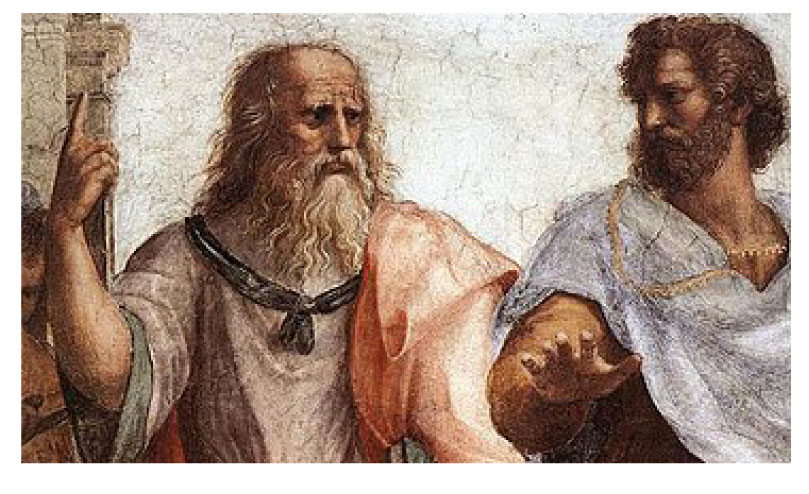
Plato, on the left and Aristotle had very different translations of the idea of form. In Plato a Holy Idea or Eidos Being was the divine archetypal source of a manifest form in nature. That is why he is pointing up. Plato thought that the Holy Idea made appearances or Phainomen in nature but was not exhausted by the act of manifestation since the Holy Idea itself never incarnated in the Phainomen. For Plato both Eidos and Phainomen represented form as the act of an archetypal or spiritually creative being.
Phainomen could appear both as dynamic forms in nature or as images in the minds of humans but only as shadows of their true creative existence as Eidos beings beyond time and space. For Plato Eidos was the very essence of Being even though it was a condition completely unmanifest. His choice of Phainomen for the manifest state points to the condition where the spiritual idea manifests in the mind of the thinker.
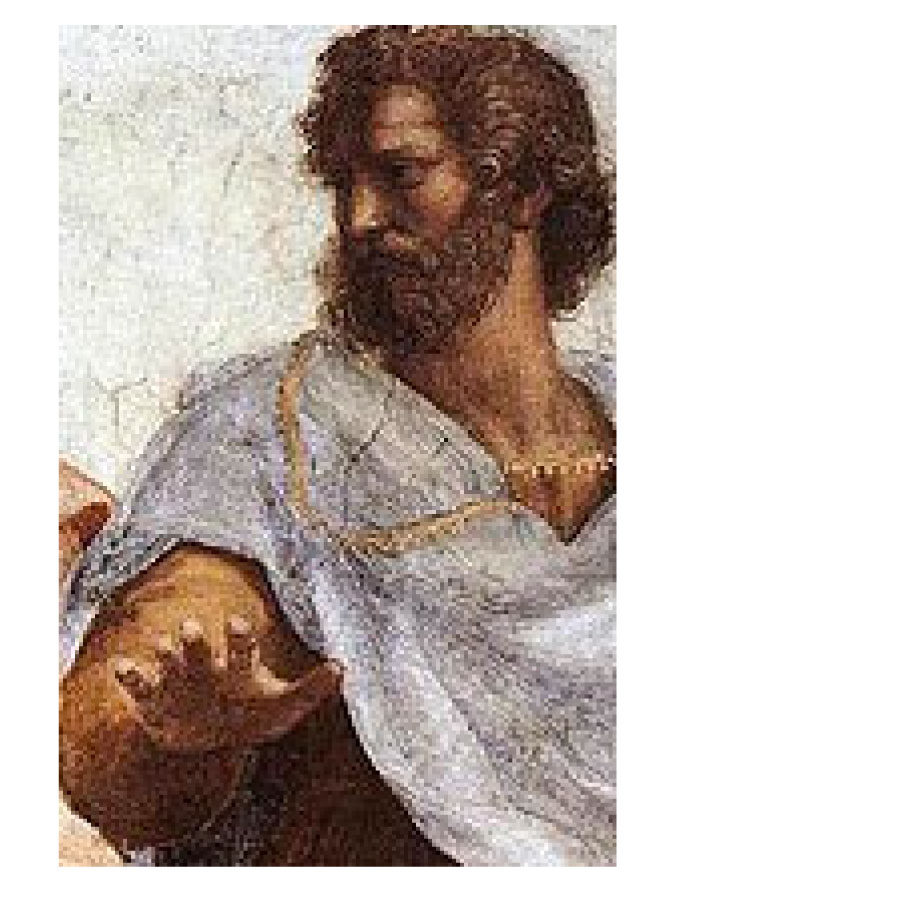
Aristotle, Plato’s younger student also considered two polarities of form. His more spiritual level he called “hyle” which literally means wood. For him, spiritual potential was like a piece of wood that had yet to be shaped into something. It was a matrix or field of potential. The potential of hyle was realized in the manifest level of form by what he called “morphe” or body. That is why he is putting his hand towards the earth. The physical aspect of the body was seen as the pattern of the spiritual “thing”. Hyle as a representative of unmanifest potential had a distinct materialistic flavor in Aristotle’s choice of the term “wood”.
These distinctions point to a critical difference in the line of thought of these two thinkers. Together these ideas span the creative forces of nature from a spiritually potent unmanifest being down to the wrought works of the natural world. All stages are examples of form. Form can be a verb as well as a noun.
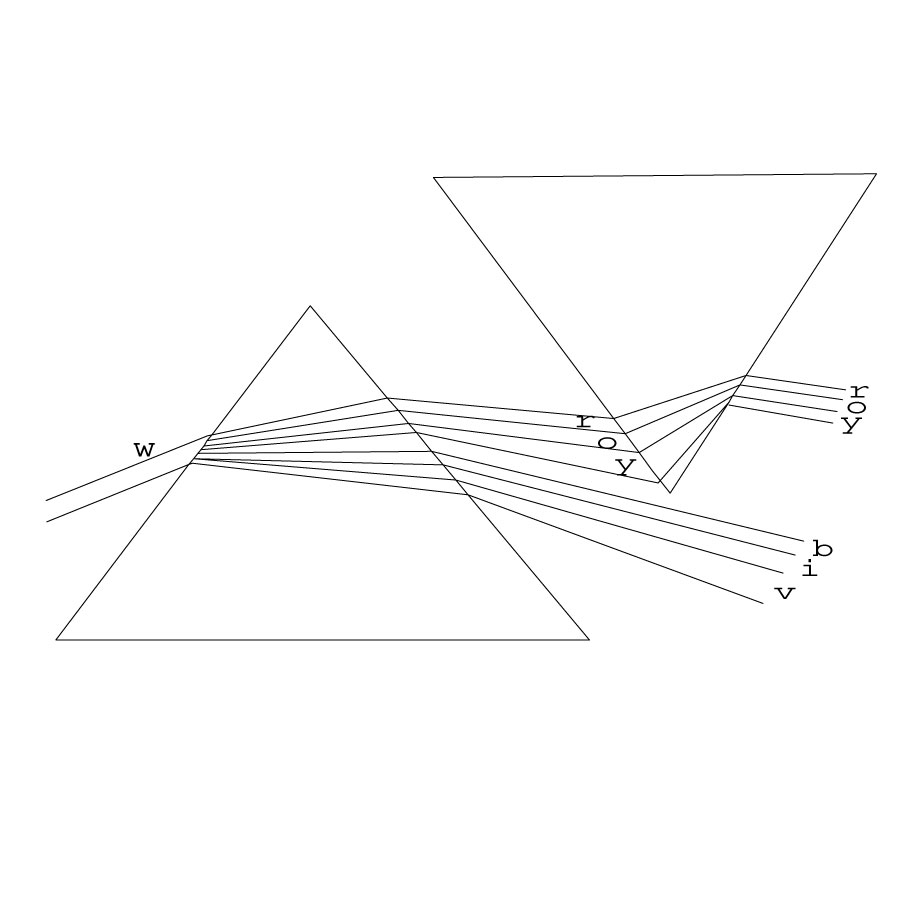
These ideas are present in an esoteric practice that Goethe called higher beholding. He used this approach to study the colors of the spectrum and, using prisms, found a split in the colors of the rainbow. In this he saw a higher, more archetypal reality than appears in a rainbow in nature. As a first step higher beholding involves the formation of an inner picture of a sense perceptible(morphe) phenomenon (phainomen) in nature. The next step is to move a series of pictures inwardly like a little movie such as imagining a flower, fruit and seed process of a plant.
This practice allows the contemplative mind to enter the “becoming” of the phenomenon. At this level the inner image is still connected to the manifest, sense perceptible state. The archetypal state of is not wholly present but the potential for perceiving it (hyle) is possible in the mind. To reach the step of engaging the archetype involves repeatedly moving an inner series of hyle images into periods of silence.
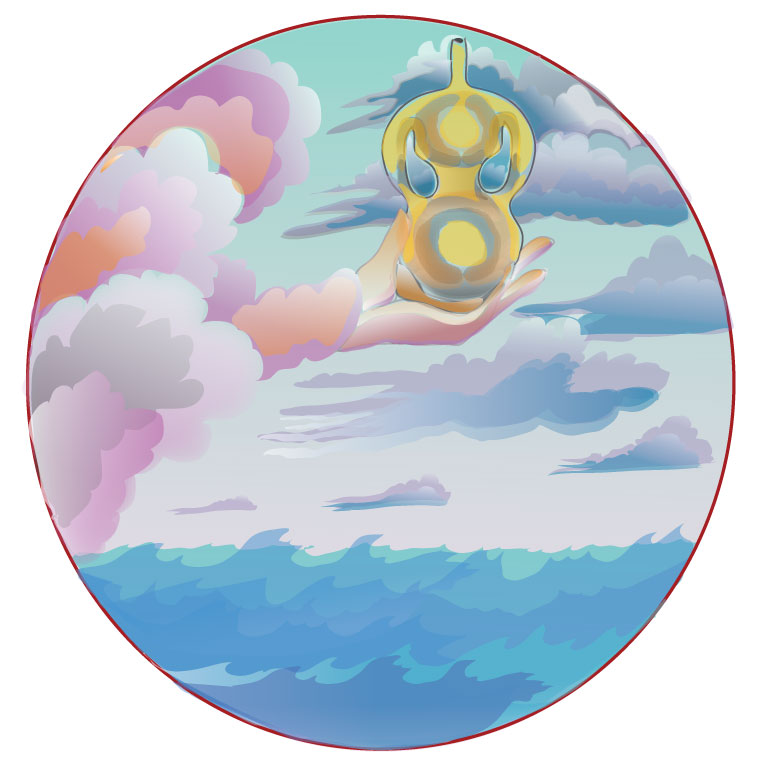
This pregnant silence is the equivalent of Plato’s Phainomen. In the silence the archetype hands down a revelation of its being in the mind of the worker. At this level of inner work full realization of the content of the revelation is not possible without without returning again to the sensory phenomenon. The vessel is given for the understanding but it is sealed shut. More work needs to be done.
However, through repetition a researcher gradually comes to inwardly experience more of the wholeness of the realm of Eidos that exists transcendentally to the Phainomen. Complete, whole understanding would be Plato’s Eidos, and that is not possible for human minds. But to move in that direction requires imaginal activity that gets grounded by empirical observation. This is breathing from mind to “thing” and back again.
The conscious repetition of an inner imaginal practice eventually develops an organ of perception for the laws of the imaginal world. With this organ of perception, known to Goethe as exact Imagination, it is possible to bring to consciousness the simultaneous experience of the sense experience of the finished sense perceptible form and how the form of the sense object is influencing the soul of the observer.
This union is the enantiadromia state where the equating of the archetype with the mind results in an experience of “proof”. This is the equating of the archetype and the mind of the researcher, the Platonic phase of the work. This is a step towards a remedy for subjective mystical fantasy.
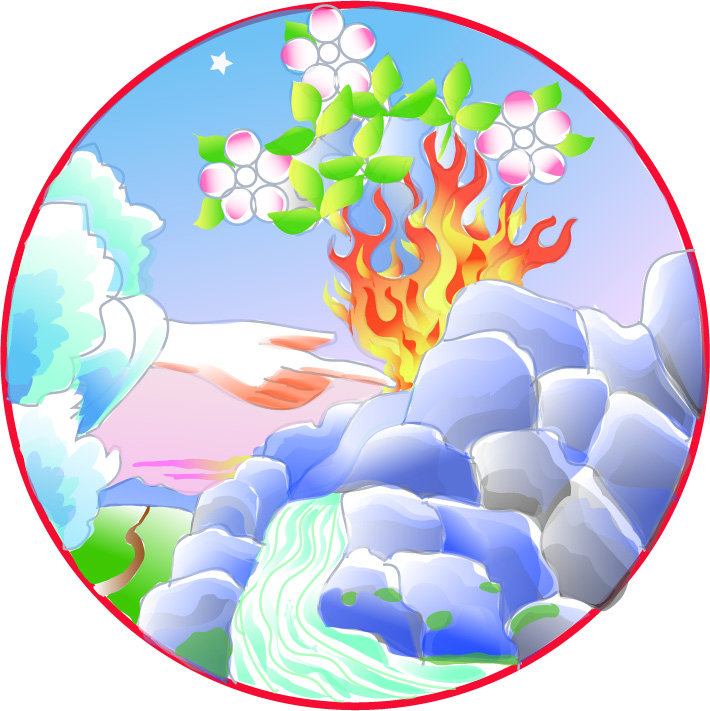
To guard against the inflation triggered by receiving insight, it is useful for the contemporary researcher to substantiate the inner “proof” phainomen stage by referencing cognitive analysis avilable in general science. To help this it is necessary to record more outer sense observations of the phenomenon. This is the Aristotelian phase of the work where the spirit potential (hyle) manifests in earthly form(morphe).
All of these levels of meaning are present in human perception of a phenomenon. With a more complete phenomenology spanning from the manifest to the ideal there is a greater potential for monitoring the inner soul experience that arises when perceiving a phenomenon in nature. Control of the inner picture forming process has been part of mystery training since the most ancient times.
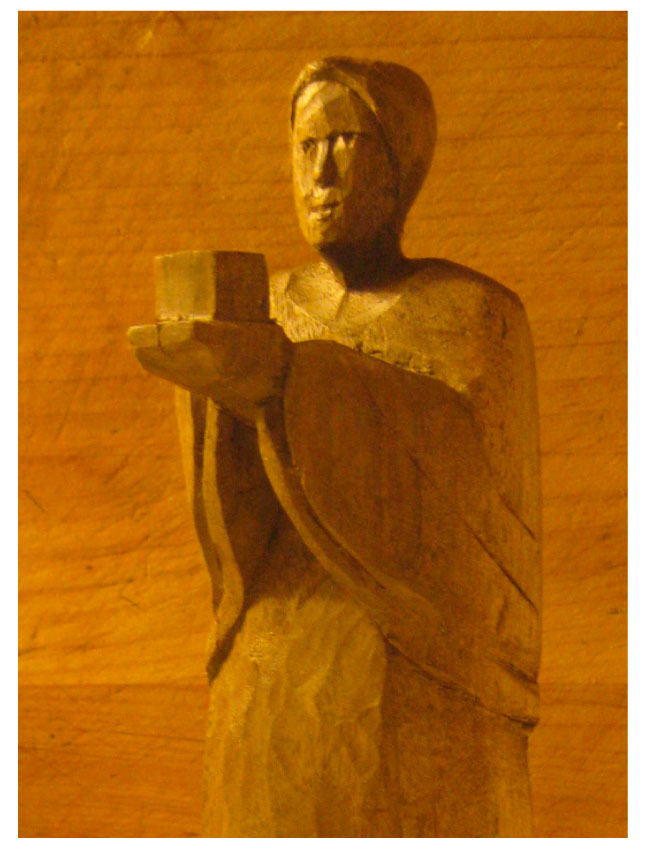
Esoterically this issue centers on the human faculty of intent in the sphere of the will. Intent or intention is the awareness of the mind regarding the motive for offering will towards something other than the self. Carl Jung recognized this consciousness as “the witness”. Intention implies a fundamental distinction between the self aware mind and what could be called “otherness”. Two fundamental sources of otherness are the manifest or ponderable and the unmanifest or imponderable.
The Higher Self lives between manifest otherness and unmanifest otherness and is free to determine the direction of the contemplation through willful control of intention. Without a consciousness of the motive of the intent, an experience of the imponderable moves the mind in the direction of personal mystical fantasy. Likewise, without consciousness of the motive of the intent, experience of the ponderable produces a dry,reductionist solution devoid of the possibility of spiritual insight.
Spiritual research that is focused on intent can demystify mysticism and expand the sceptical horizons of reductionist science. It is through becoming aware of the motive of an intention that the human being creates a dynamic linkage between the corpse of the manifest world and the dynamism of archetypes. For a human to be conscious of the motive of intent completes a cosmological circuit of creative activity that was the foundation for religious experience since ancient times. Read the story of Job to experience intent.
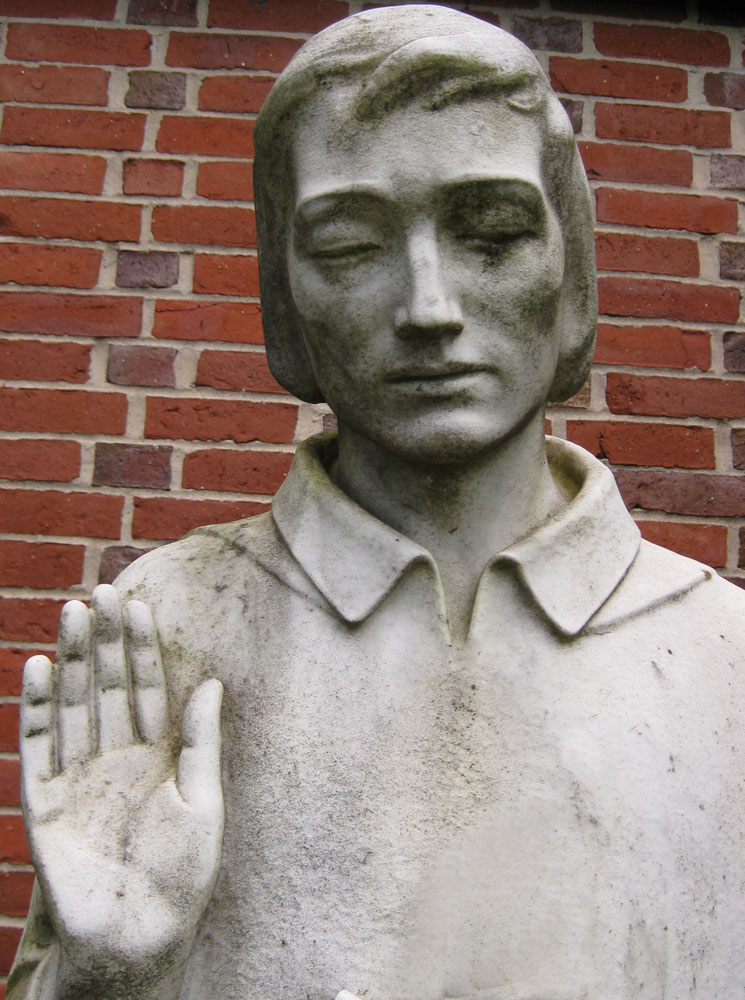
Saints, shamans, healers, seers, alchemists and many others have understood that, in the motive of intent in the will, human beings have the potential to co-create with the beings that guide the processes of nature. This is provided that the human has a spiritually progressive motive of intent that is in line with spiritual progress in the world. We could say that this practice writes a memo of understanding (MOU) between and archetype and a human mind. Repeated practice of higher beholding enhances intent until the archetype resonates with human intention.
As an act of grace, the worker receives deeper insight into the relationship between the visible world and the potentials inherent in human will. This signals a mystical union with the archetype that is accessible to cognition when the contemplative brings the insight out of the imponderable and finds evidence of its existence in the forms of the ponderable world.
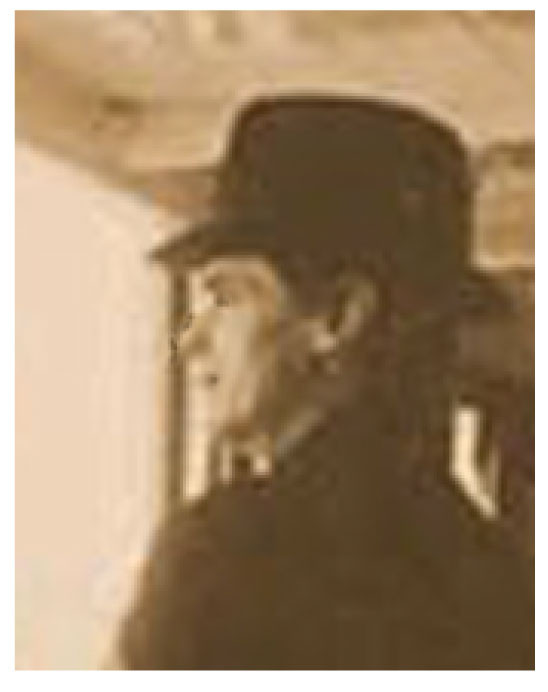
This rhythm links the inner soul process once again to the manifest world. When the experiments are performed and the inner work is continued a circulation develops between the soul and the cosmos using the world of nature as a template for soul development. This process meets the challenge given by Rudolf Steiner to humans to “give nature back to the Gods”.
When developed as a meditative practice the forming and dissolving of pictorial motifs from nature can provide deep insights into the cosmological meaning of the relationship between the human being and the natural world. This co-creation is a hidden element not revealed to humans through either mysticism or the methods of abstract science alone.
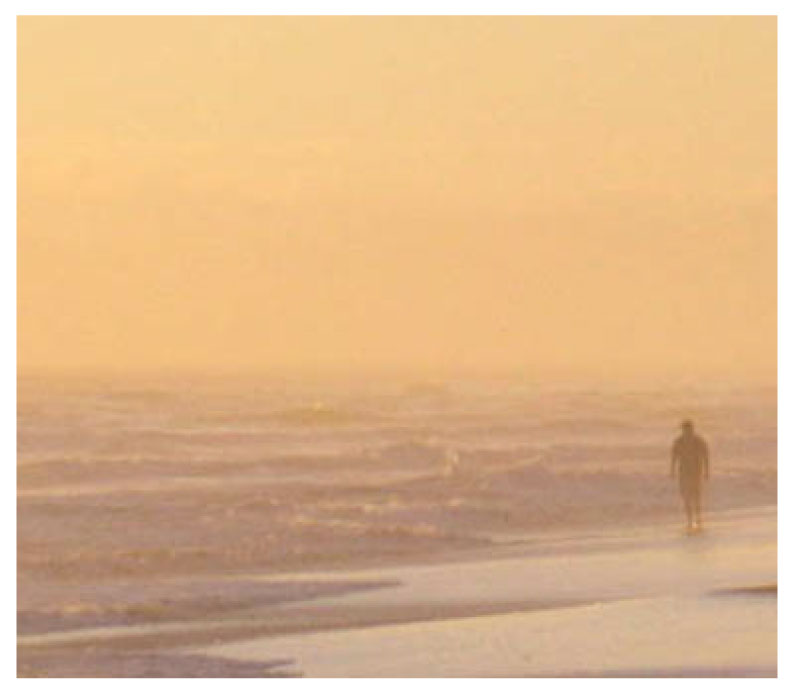
Co-creation through intent is the central imaginal touchstone of the new mystery wisdom. Contemplating nature in this imaginal way human beings create a link between the natural world and the supernatural world allowing each to be completed in the other. This practice makes available a spiritual reality that can go far in solving the spiritual malaise present in the world today as a result of human alienation from the spiritual dimensions of the natural world whose images can serve as a source of evolutionary cosmology.
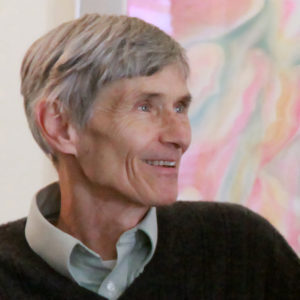
Dennis Klocek
Dennis Klocek, MFA, is co-founder of the Coros Institute, an internationally renowned lecturer, and teacher. He is the author of nine books, including the newly released Colors of the Soul; Esoteric Physiology and also Sacred Agriculture: The Alchemy of Biodynamics. He regularly shares his alchemical, spiritual, and scientific insights at soilsoulandspirit.com.
6 Comments
Leave a Comment
Similar Writings
Soul Qualities of the 12 Personality Archetypes
In Part 6 of our Soul Course, Dennis shows us how how to use the twelve personality archetypes to begin to see into the biographical stories of people in our lives. The soul dynamics of control in each archetype will be explored through the Artist/Agent and Activist/Hermet polarities. Understanding these dynamics allows us to heal…
Nature Experience for Young People
Nature is a broad array of events. As a result, there are many kinds of nature experiences. It is useful to consider which “nature” we mean when we use the word. Here are some thoughts about different experiences of nature and how they affect our relationship to it. Nature as wilderness This gives solace and…
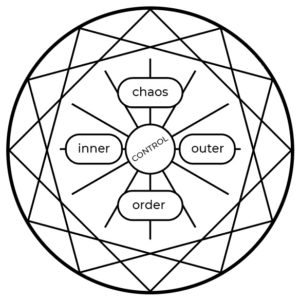
Amazing and since you have an MFA – the uses of imagery must be even more important as you approach the engagement of form?
Dennis, I love you man! Thank you for your crystal clear insights xx
so beautiful and resonant with my truth
Incredibly meaningful, unfolding layers of significance which resonate exquisitely amongst these other sources that have similarly informed my worldview:
“The Temple of Man” by R.A. Schwaller de Lubicz
“The Sufi Message: The Complete Works of Hazrat Inayat Khan”
Your writings are the song of silence. Thank you for blessing this planet with your articulations of pure wisdom.
Thankyou very kindly Dennis -your creative coherence of efforts to gift us with clarifying insights certainly assist understanding (particularly with some of Rudolf Steiner’s more complex indications). Your recent book -“Esoteric Physiology-Consciousnesses and Disease” is such a beautiful offering and helps to understand Herr Steiner’s Occult Physiology.
I send you warm hearted Thankyou and I owe you and some of your Facebook friends an apology which I offer now. I am aware I was angrily responding about 4 years ago…
It was unjust of me.,even if I was ill.